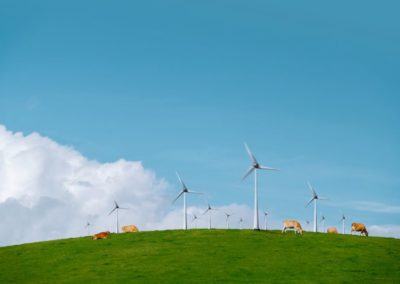Scenario 2: Aspirational
High co-operation and innovation
Consumers and producers balance ecological conservation and economic prudence through low friction trade access, enabling a sustainable access to balanced and reliably available nutrition.
Global consensus on climate change, food security and trade improved based on major lessons in the aftermath of COVID, driven by US, EU and China.
A stronger, more connected global economy enables a greater sharing of production know-how and innovation, improving resilience of production systems, less waste, and better management of scarce natural resources. A greater focus on healthy, sustainable diets sustains consumer support for a wide range of alternate products using cellular processing technologies and plant-based alternatives.
Policy responded to the challenges to feed growing and aging populations, while lowering healthcare costs. Lower trade barriers and networks enabled the flow of nutrition and ingredients to destinations.
‘Balanced’ Net Zero is financed and funded progressively through a combination of affluent consumer premium for environmentally responsible food, market needs for carbon credits, and public policy.
For dairy:
Milk output contracts in several major regions with stronger pressure to reduce dairy’s footprint and emissions.
A greater focus on healthy, sustainable diets increases the adoption of dairy alternatives. Marketers innovate to improve the delivery of affordability of dairy nutrition in developing markets, despite higher costs of staple ingredients.
Climate change ensures continuing volatile production conditions, but more can cope, leaving small, traditional farmers exposed.




